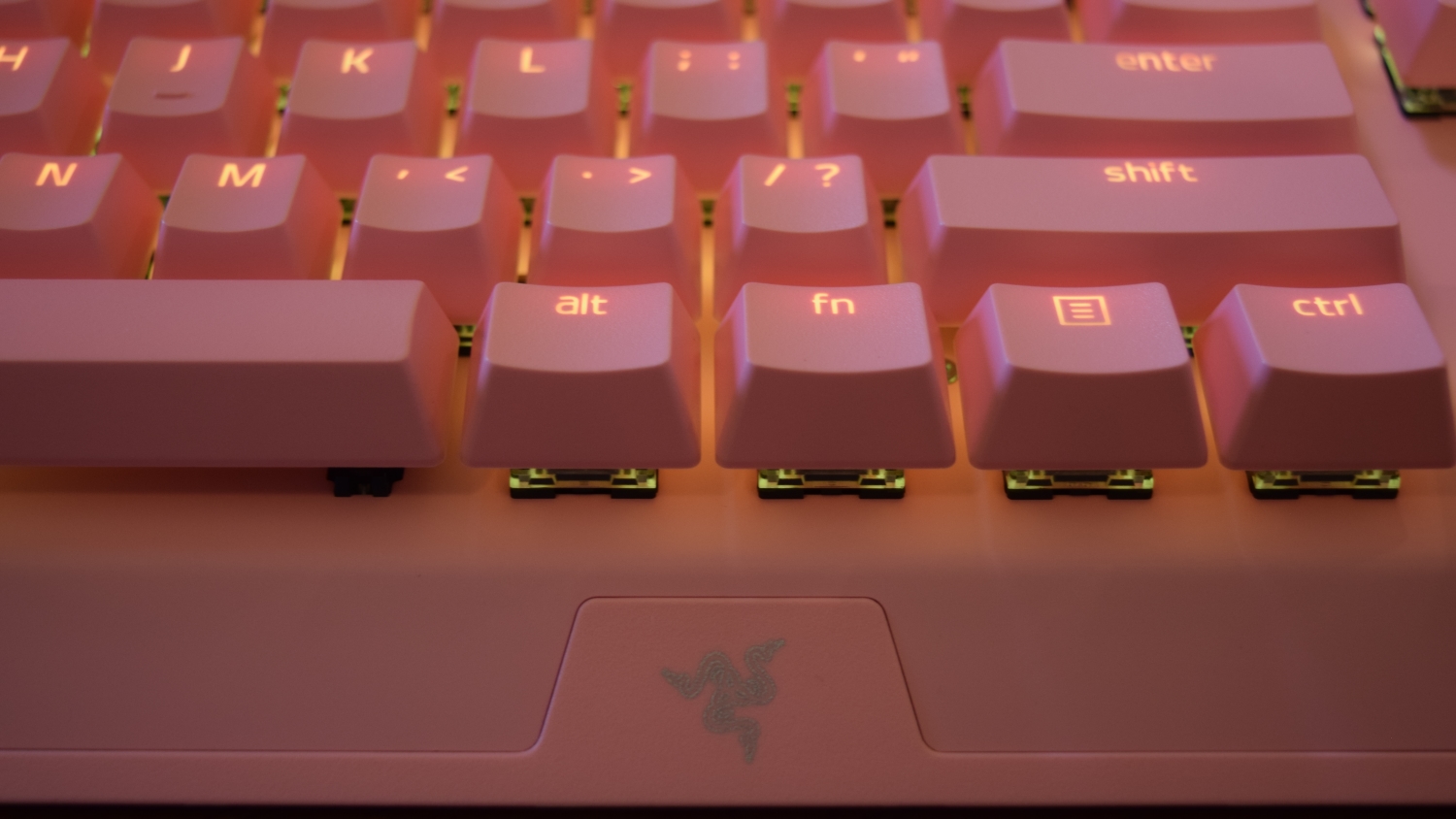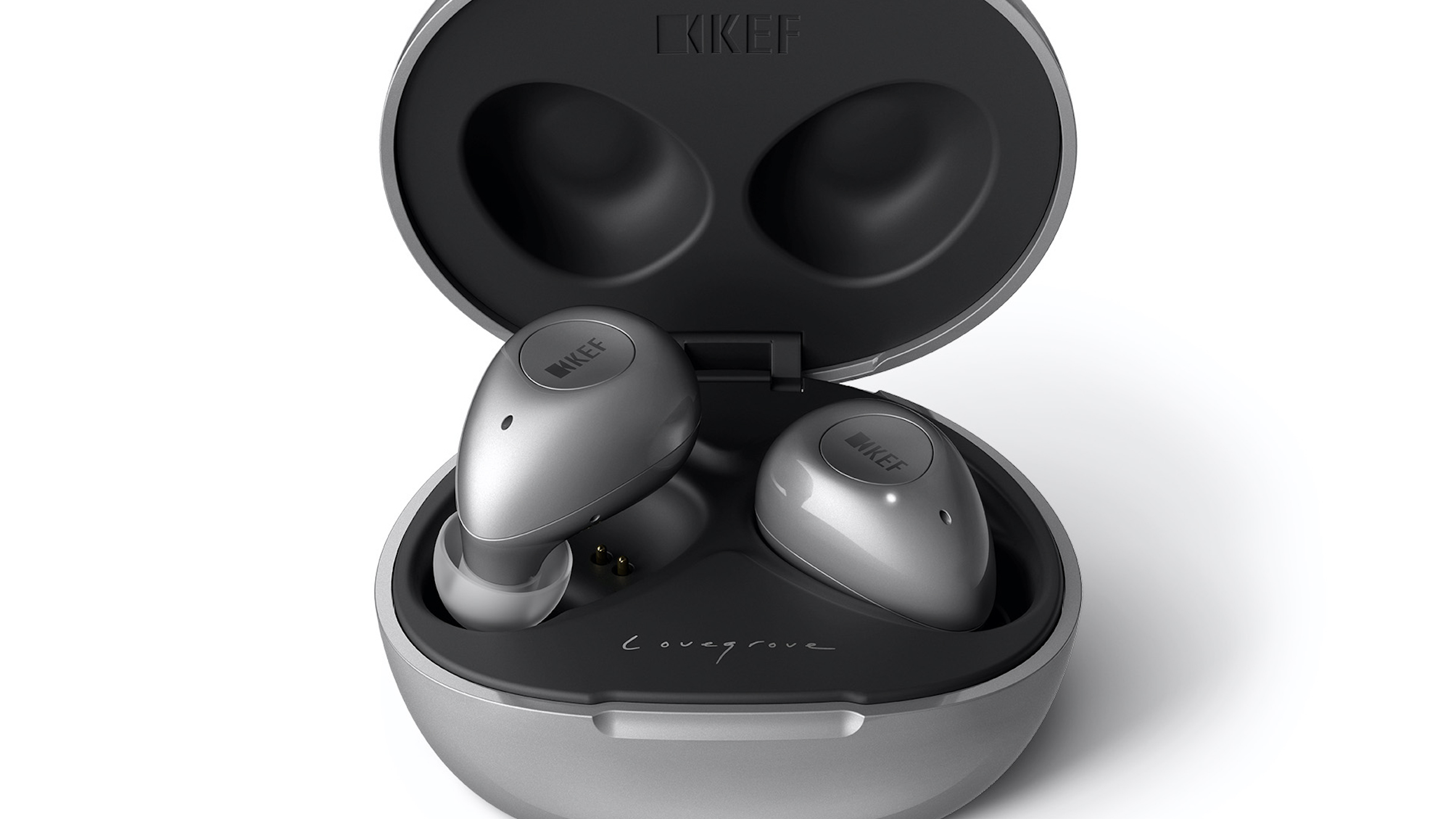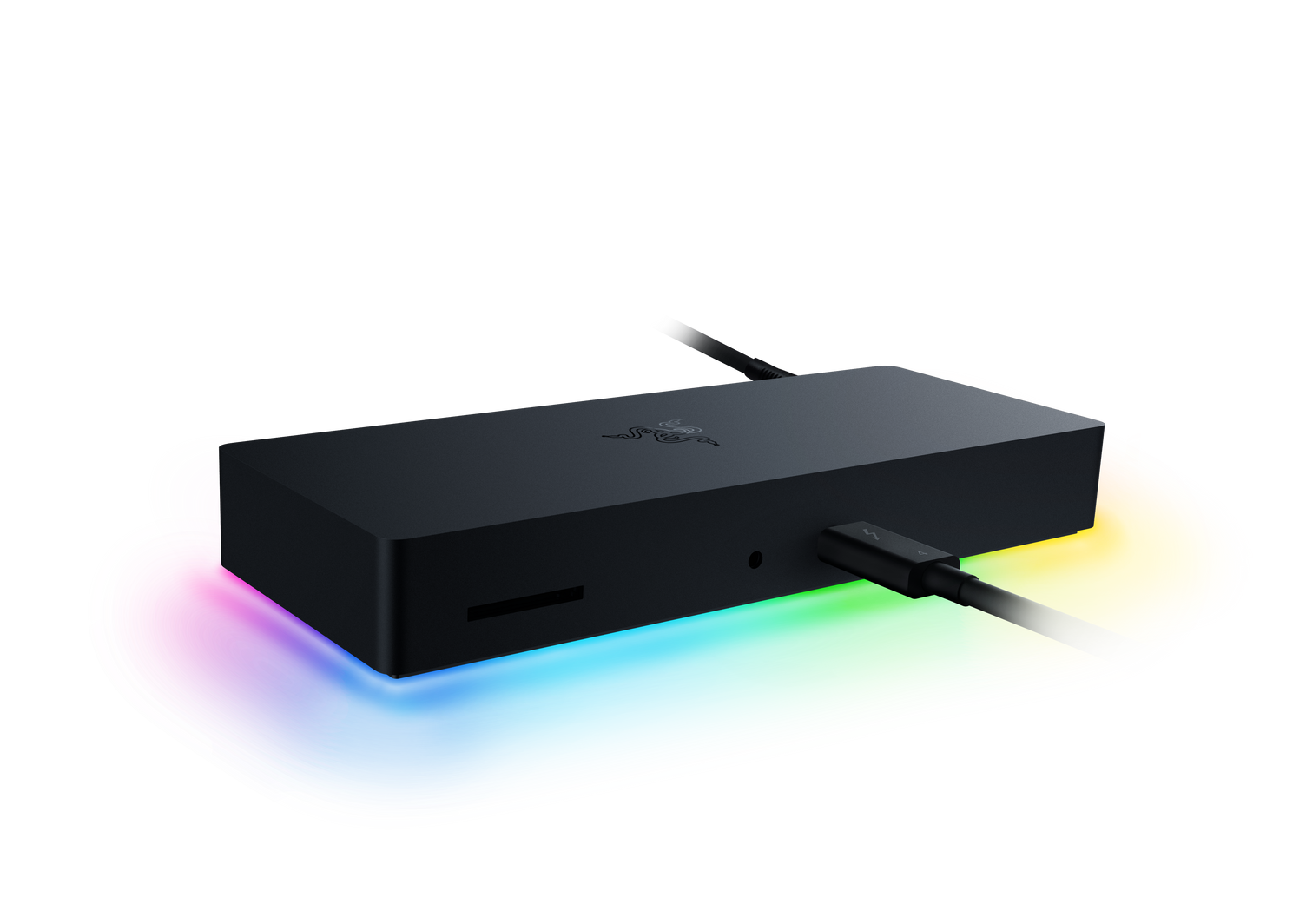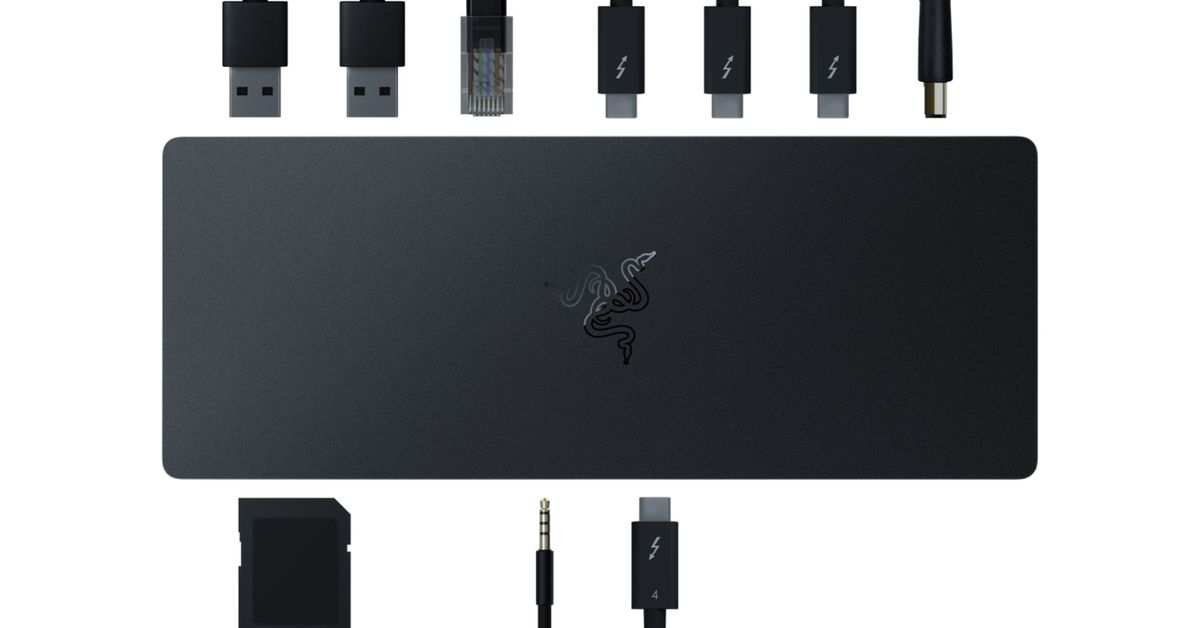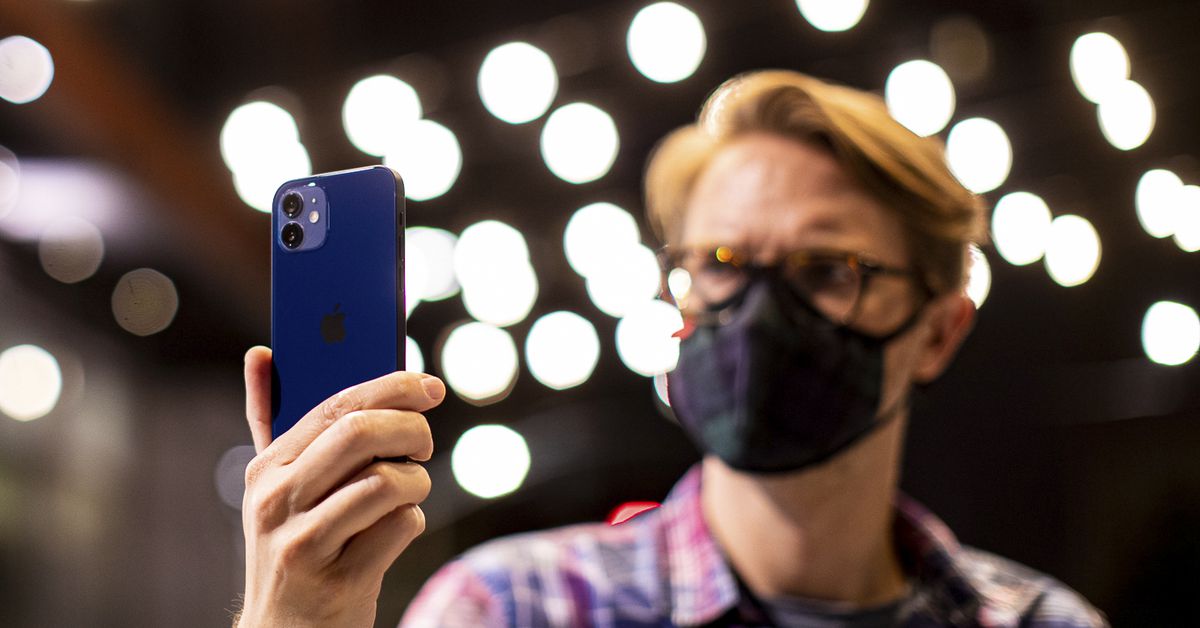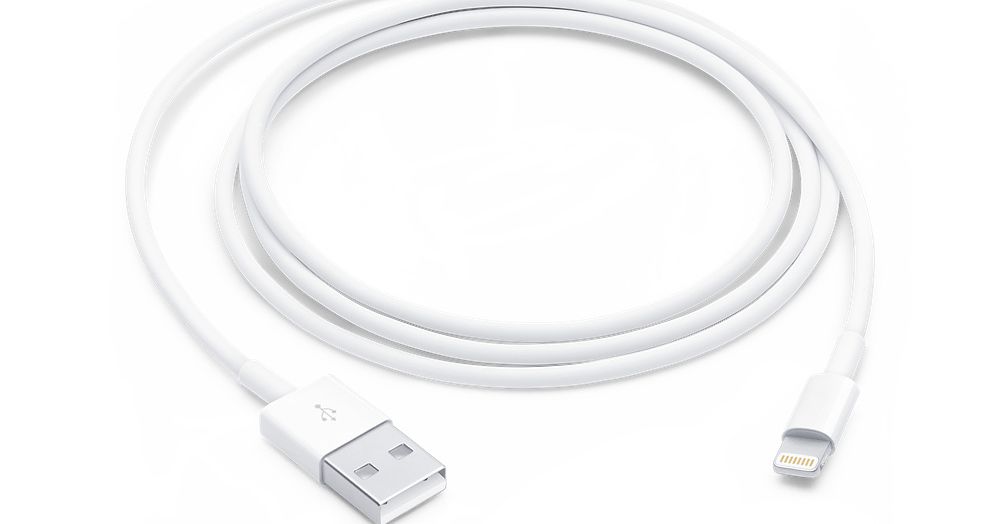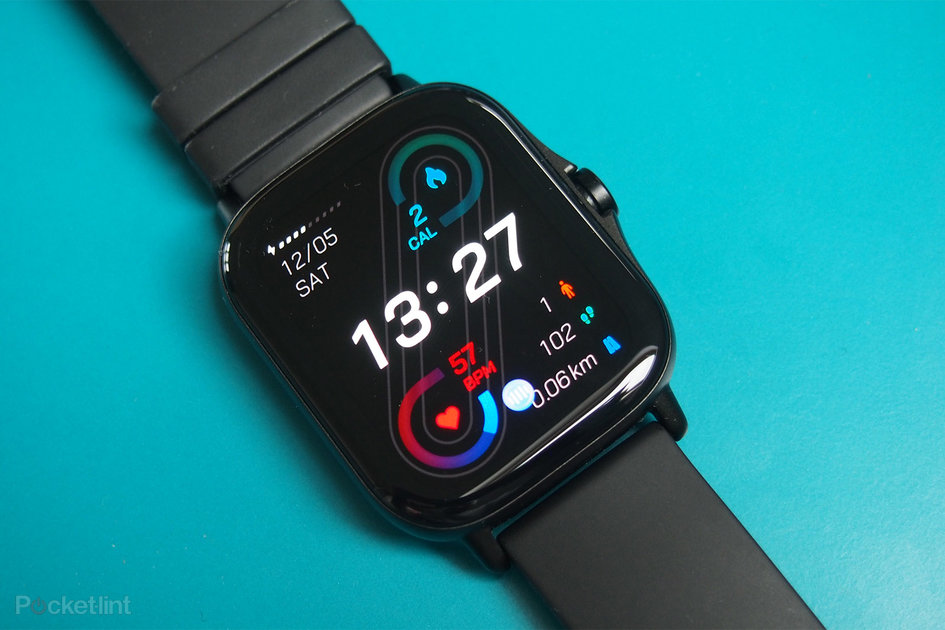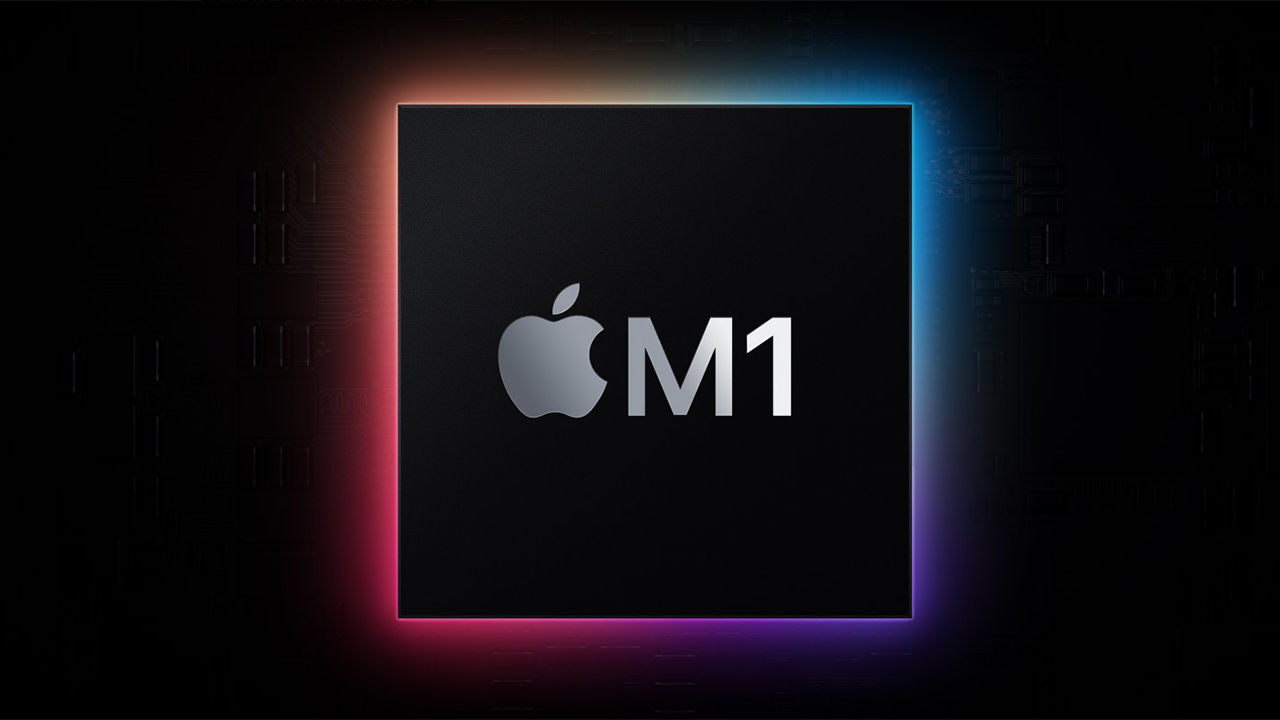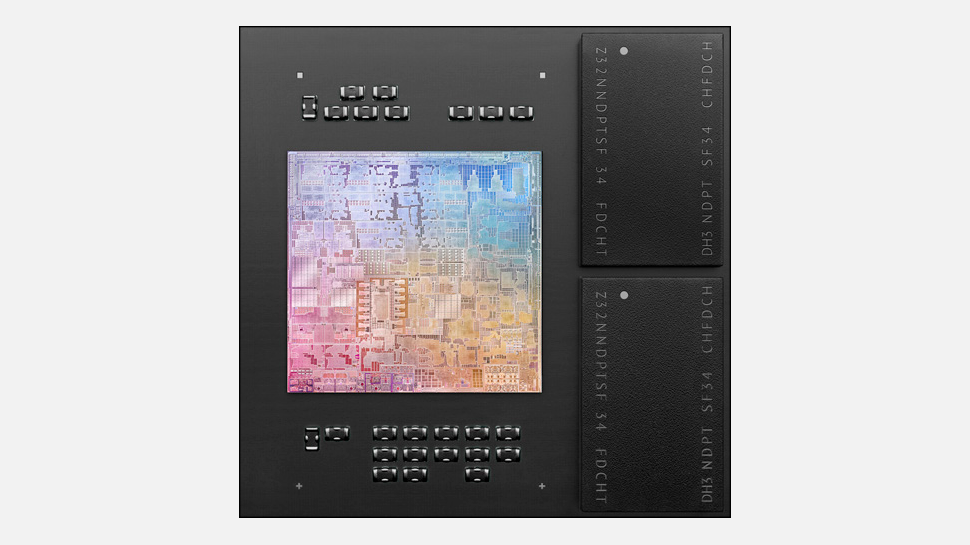(Pocket-lint) – Cambridge Audio has been around for donkey’s years and has built something of a tradition in the world of home audio equipment. But in the world of headphones, it doesn’t quite draw the attention as much as the likes of Sony, Bose or Sennheiser. So when it launched a pair of true wireless earbuds, the Melomania 1, that was something of a surprise.
Even more of a surprise, perhaps, was that the Melomania 1 was both great-sounding and very affordable. So the follow-up pair had a high bar to meet. Can Cambridge Audio blow us away with great, affordable buds for a second time? Here’s how the Melomania Touch fares…
Design
- Touch controls
- IPX4 water resistance
- Faux leather coated case
- Available in black or white
- 3x ear fin and 3x ear tip sizes for fit
Cambridge Audio launched its first pair of true wireless earbuds in 2018, and stood out from the market for a couple reasons. One of those was the design, which reminded us of little foam-tipped bullets. Of course, this shape wasn’t necessarily the most ergonomic or practical for in-ear fit, but the lightweight and easy-to-wear finish helped counter that.
The Melomania Touch looks nothing like the first-gen model and doesn’t feel the same in the ears either. It’s a huge change in direction, and one that has its benefits and its drawbacks.
The new warped teardrop-shape design of the Melomania Touch means these ‘buds are designed to fit and almost fill the inner part of your year, holding onto the middle ridge with an in-ear fin. That means, by their very nature, the individual ‘buds are a much more secure fit than the looser-fitting predecessors.
Because of the various sizes of fin and ear tips, we did find it took a couple of tries to get the right fit for us. Trying out a couple of different combinations we eventually settled on one that was comfortable but with a decent seal and with minimal pressure. Essentially just stepping down a size from the default fit. As we talk about in the sound section later on, getting this right fit is essential for good audio.
Even with a better fit for this generation you can still tell those tips are in your ear. As the tips are the standard shape and size for earbuds, you can always feel them in there and don’t quite get to that almost undetectable level you’ll find with wider cone-shaped tips. The Touch’s feel isn’t uncomfortable though, so you’ll be fine for a couple of hours at a time – too much longer and you will start to feel some sensitivity.
As we’re sure you gathered from the name ‘Touch’, these in-ears outer surface is touch-sensitive but of course, so you can use it to control various features, such as playing and pausing music or skipping tracks. Like most earbuds that feature this, it’s useful when you’re needing to use it on purpose. Most of the time we interacted with the Touch, however, it was accidentally.
The problem with such a large area being touch-sensitive is that if you try to adjust the fit, reach to remove the buds, or frankly do anything that involves touching them, it’s quite finicky trying to avoid that touch-sensitive area and inadvertently playing or pausing music.
The charging case is a nice upgrade for this second-gen model. Rather than looking like a small pack of dental floss made from the beige plastic cast-off from a 1990s desktop PC, this cases is pill-shaped and coated in a soft faux leather. It’s a lovely looking and lovely feeling case, although we found the docks for each earbud could do with having stronger feeling magnet, to ensure that each ‘bud was absolutely in the right position to charge.
Performance, features and voice calls
- Bluetooth 5.0 and AAC
- Qualcomm aptX, TrueWireless Stereo Plus
- 7 hours music playback (33 hrs in case)
- 50 hours total maximum battery life (in low power mode)
Cambridge Audio has equipped the Melomania Touch with a lot of the modern tech you’d hope to find in true wireless earbuds. There’s aptX for lag-free connection with most Android phones. In addition there’s Qualcomm’s other tech: TrueWireless Stereo Plus. This connects each earbud to the Android phone independently and to each other, rather than use one ‘bud as the primary and have the other feed from it.
There’s also Bluetooth 5.0 and AAC support, so Apple iPhone users are catered for. The Touch even uses Qualcomm’s tech for enhancing the clarity of voice calls, so while Cambridge Audio is something of a traditional British audiophile company, it’s had the sense to try and utilise expertise from available tech to make these ‘buds convenient for the day-to-day user who will want to use them for calls.
However, we did struggle at times with the wireless connectivity. It started with the initial setup, where we struggled with pairing and for the ‘buds to be discoverable – to the point where we went through the factory reset guide. Even then we could only get one ‘buds to pair – something that a firmware fix attempt couldn’t sort.
Given that all controls, including the reset process, are activated using that shiny touch-sensitive surface no physical feedback, it’s not exactly easy to perform such tasks. We’d much rather the Touch adopted a similar approach to the companies that have a single physical pairing button on the case itself, rather than trying to press-and-hold a touch-sensitive area on two earbuds simultaneously that’s curved and naturally slippery and may or may not respond as it’s supposed to. It’s finicky to say the least.
So we ended up seeking a replacement pair of the Melomania Touch just to make sure everything checked out. Which, generally speaking, has been the case. Once paired with replacement ‘buds, our connection has been reliable during our testing. With music playing, we’ve had no issues with the audio cutting out once it’s got going.
But connectivity didn’t seem to be quite as on the ball in all areas: upon initial connection, having removed the ‘buds from the case, the music would start in one ear before the other by a second or so. That wait isn’t the norm these days.
Battery life is strong, even in its normal usage mode. Up to seven hours out of the case at a time is more than enough for anyone, even if you’re taking a long journey. Cambridge Audio says you can get up to 50 hours total battery time if you’re happy switching to low power mode, but the process on how to do that isn’t exactly obvious or easy within the app, and really we’re just not sure it’s worth the hassle.
Getting up to 33 hours of total battery – including the charges in the case – is more than the average from most true wireless buds, so that’ll do just fine in our. Plus, you don’t have to put up with the lower quality sound you get from low power mode, which is actually this pair of ‘buds biggest plus point.
Sound quality
- 7mm drivers
- Melomania app for EQ
As we’ve mentioned, the sound is highly dependent on the fit. For instance, if you have too snug a fit the bass will get a little too ‘boomy’ – particularly in songs where there’s some significant bass or bass drum powering the rhythm. As examples, the bass in Hoping by X Ambassadors or the kick drum in Dopeness by Black Eyed Peas. Some people might really like that high impact bass though. In a lot of songs it is highly enjoyable, but in others it just gets a tiny bit too much for our taste.
Best USB-C headphones for Android phones 2021
By Dan Grabham
·
Thankfully, there’s a manual equaliser (EQ) to adjust the sound to your own preference. This is found within the app, where you can also enable and adjust the transparency mode to let in external audio, so that you’re not completely blocked off from the world.
Use a fit that’s less pressured and the sound changes a little to become a lot more natural and less bass heavy. Bass is still quite prominent, but it doesn’t detract from the rest of the frequencies. In fact, the 7mm drivers in these ‘buds are some of the most detailed you’ll hear at this price point.
So with the right fit you get loud and prominent bass, but also all of the subtleties elsewhere in the mix Jangly piano is still bright and clear, as is subtle guitar string plucking, while vocals are delivered with clarity. Nothing is ever drowned out by those punchy bass notes. So all in all, it’s a dynamic sound that’s impressive at this end of the earbud market. And that’s what really matters.
Verdict
After loving the sound that came from the original Cambridge Audio Melomania 1, we had high hopes for the follow-up pair. And there’s no denying, the audio from the Melomania Touch is super – vibrant, punchy and hugely enjoyable.
But the earbuds suffer from connection issues and a design that’s just not hugely practical. Whether it’s the frustrating pairing process, or the fact that – at times – the connection to one of the ‘buds failed or was delayed, the experience lacked the polish we’d come to expect given the success of the first outing.
Still, once you have the Melomania Touch in our ears and are listening to music – and not touching them, because that touch-sensitive panel is easy to hit by accident – the music is so good.
In this price range you’re unlikely to find anything that sounds as dynamic and clear as these. We’re just wary given the connectivity ups and downs.
Also consider
Jabra Elite 75t
squirrel_widget_172296
As reliable a pair of true wireless ‘buds as you’ll find. These in-ears are small, comfortable to wear and deliver a sound solid.
- Read our review
Sony WF-SP800N
squirrel_widget_2669856
These sporty in-ears offer a lot of Sony’s smart ambient sound control and the noise-cancellation tech is the real star. Battery life is only average though, which is surprising given the (massive) size of the case. Overall these ‘buds sound great and offer plenty of customisation.
- Read our review
Writing by Cam Bunton. Editing by Mike Lowe.
